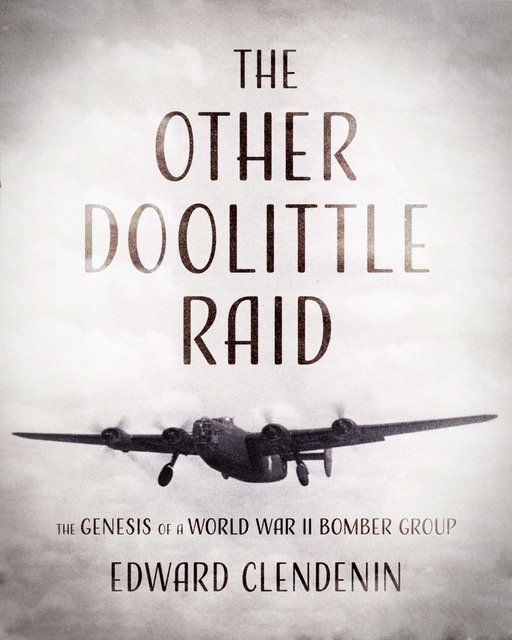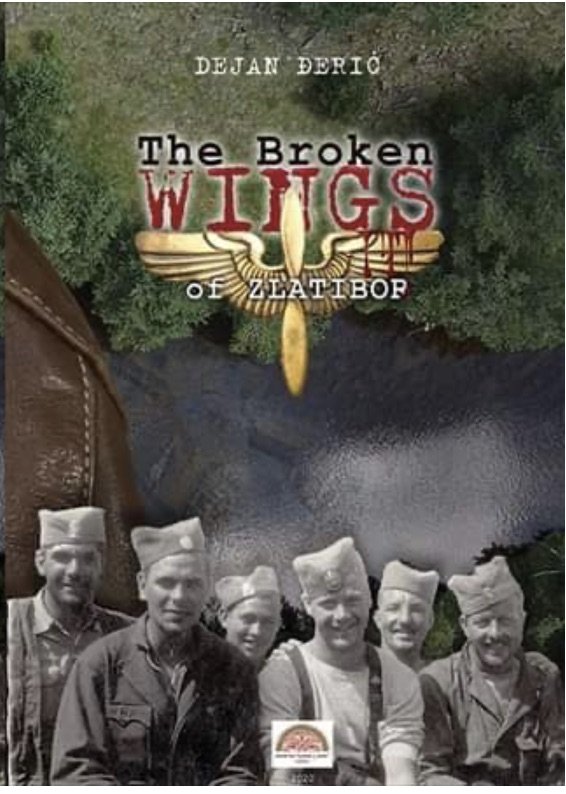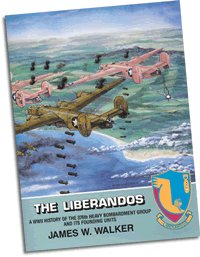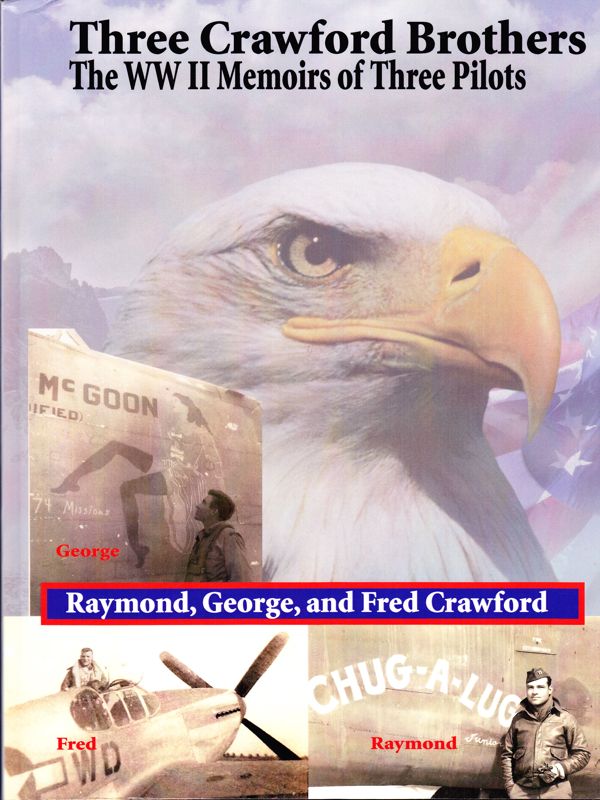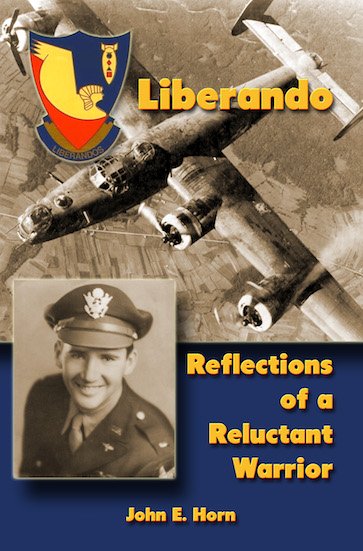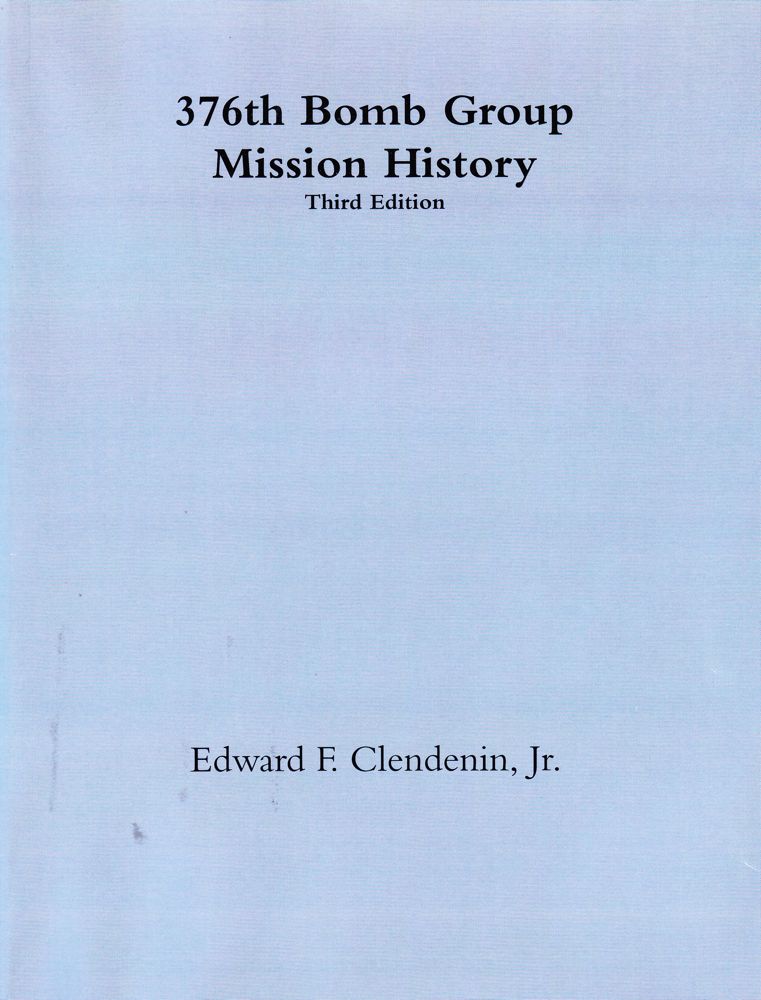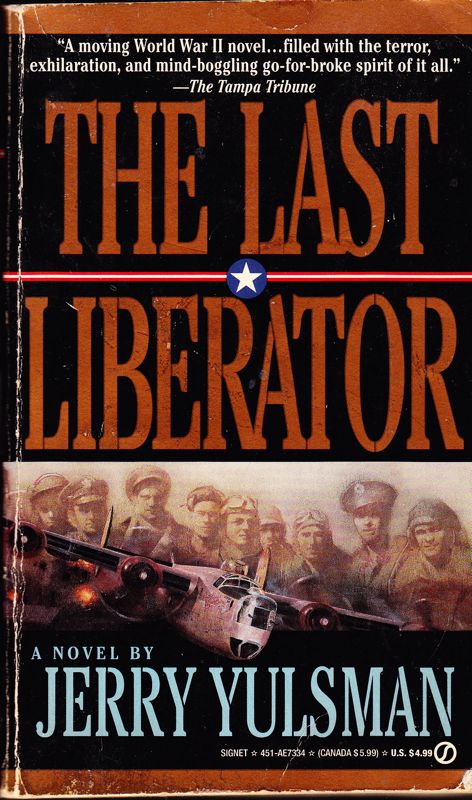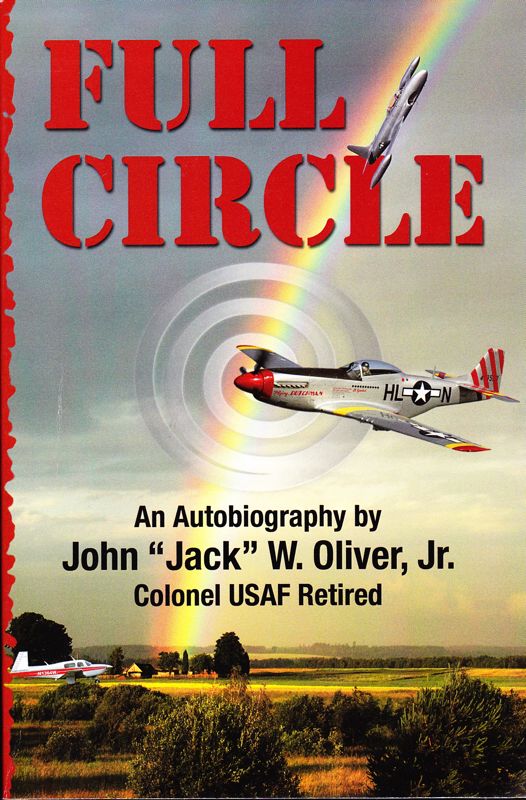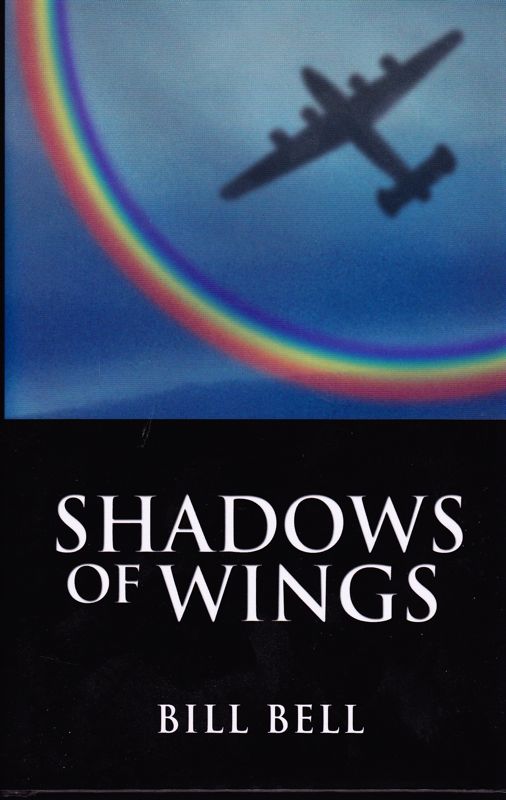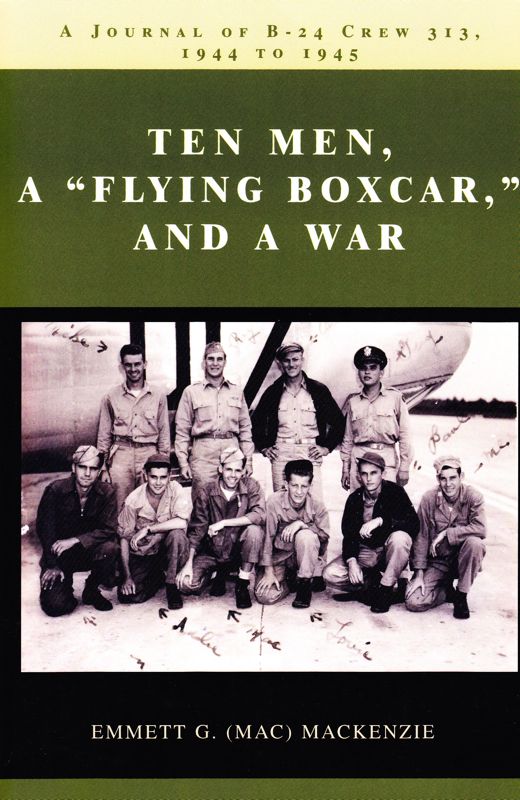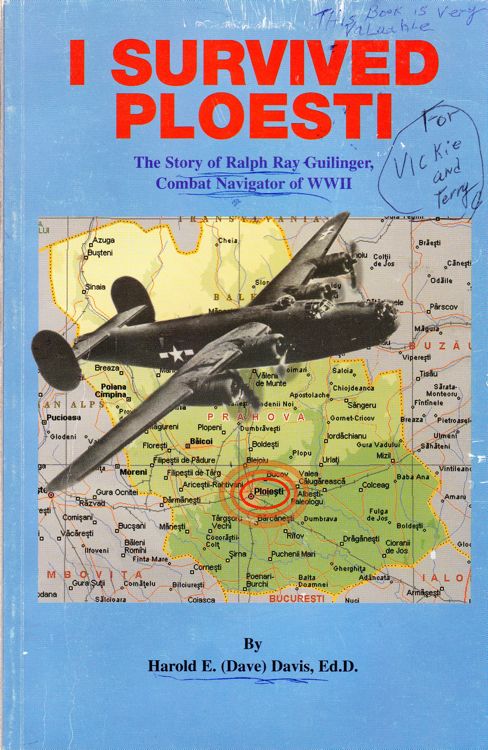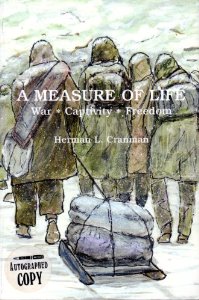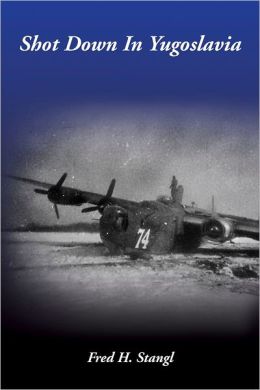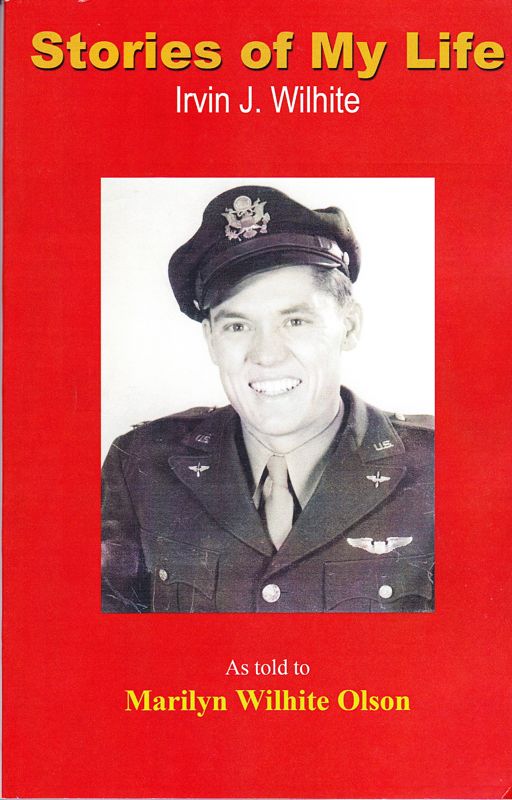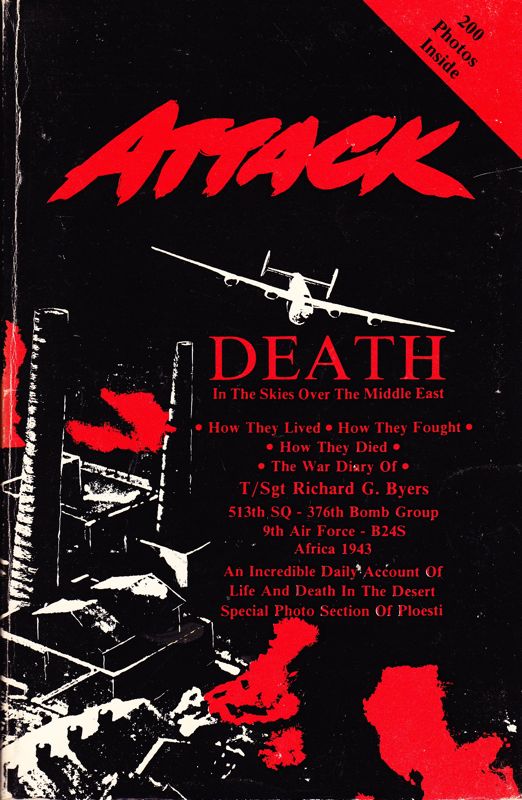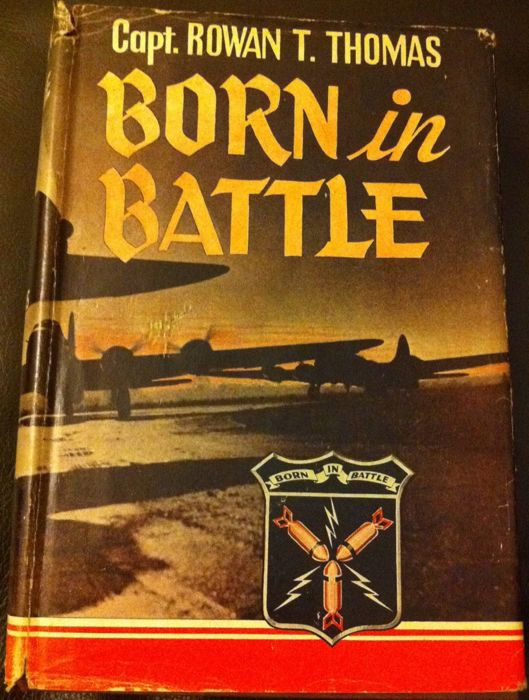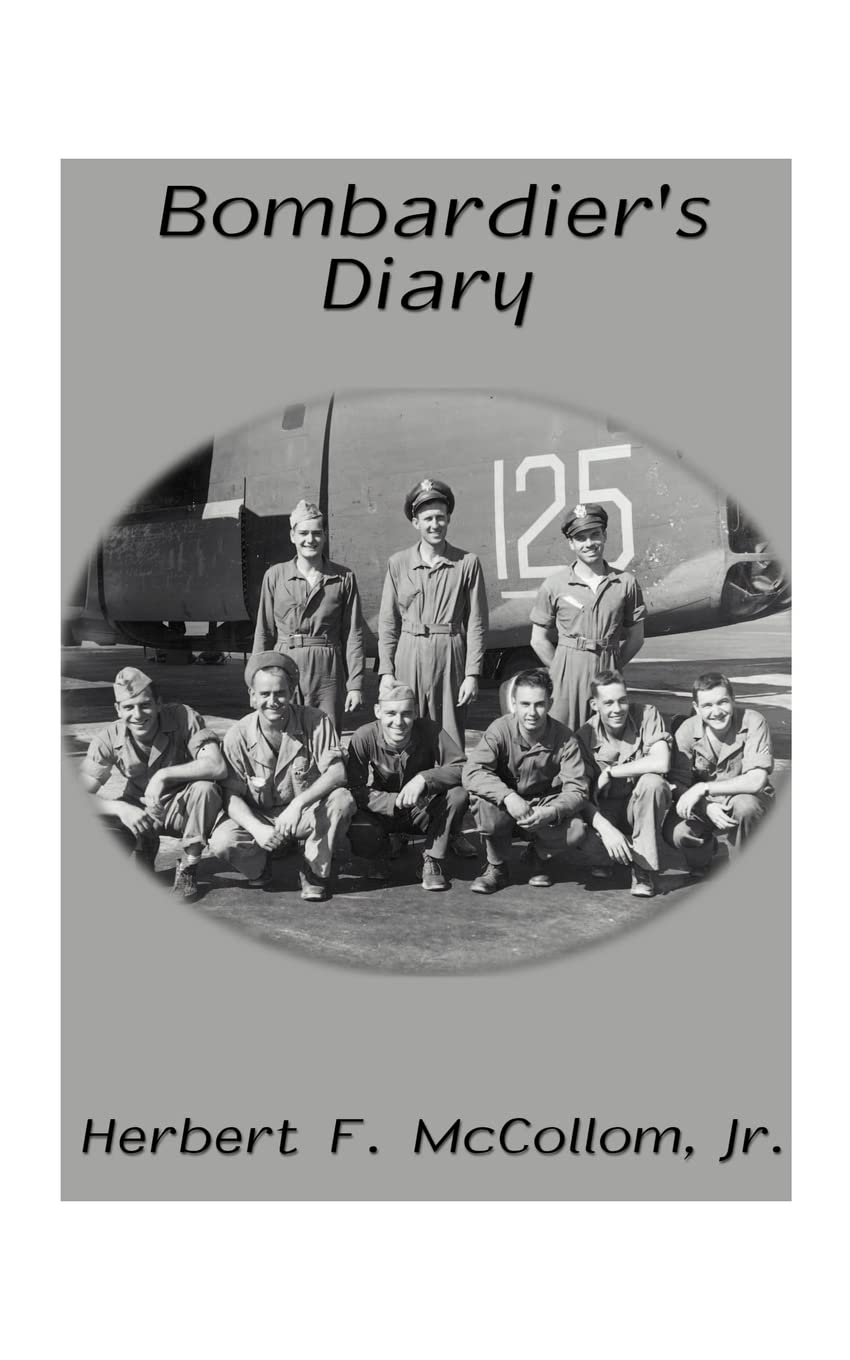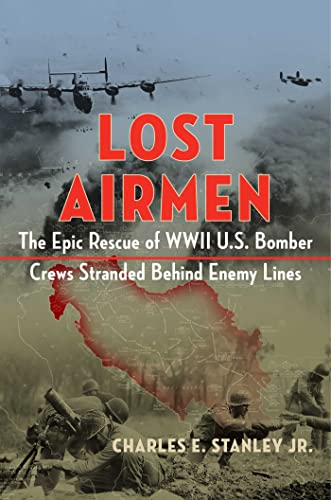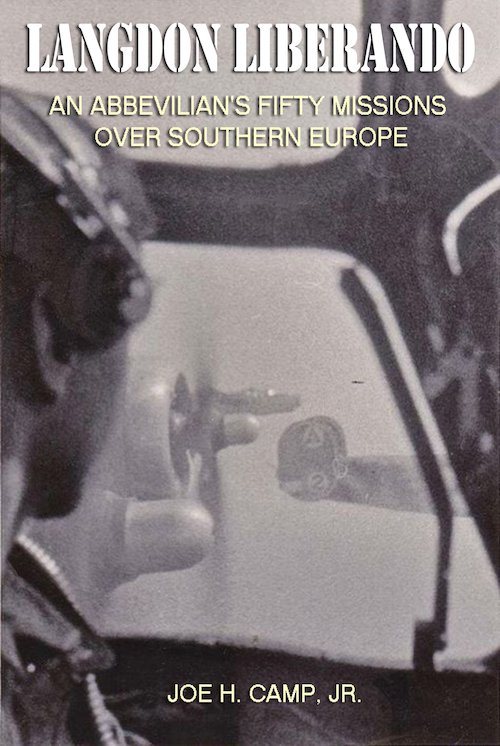Wilbur W. Mayhew
April 1942
From about the first of April 1942 we flew just over that section of India to grow accustomed to the planes. The same Japanese fleet that had attacked Pearl Harbor attacked Colombo on 5 April 1942, causing extensive damage. Therefore, we had four crews and two planes remain at Karachi to fly patrols over the Arabian Sea to look for Japanese ships and try to keep the sea lanes open for our supply ships. By the first part of April 1942 I was able to get assigned as an armorer gunner on one of our few Flying Fortresses. I was one of those that remained at Karachi. I flew as a tail gunner at that time. The rest of the outfit moved inland to Allahabad, India to be closer to the targets in Burma. Those of us that remained behind felt rather slighted, because one rarely gets much excitement on patrol flights. However, all of us got as much excitement as we wanted before we returned to the States. On 22 April 1942 the 88th Reconnaissance Squadron became the 436th Bombardment Squadron in the 7th Bombardment Group.
Many 7th Bomb Group personnel were involved in rescuing soldiers and refugees from Burma when that country fell to the Japanese in early 1942. At least 8,000 refugees were removed by air from Myitkyina (pronounced Mitch'enaw), Burma alone. One plane carried 74 people that was designed for 2l. An English girl had a baby at the Myitkyina airfield while waiting for evacuation. Lt. Col. Jerry Mason had a woman give birth in his plane while he was evacuating refugees. Colonels Caleb Haynes and Robert Scott, both members of "Project Aquila", were responsible for evacuating 4,500 soldiers and refugees, and over two million pounds of freight. Major Paul J. Long flew a B-17E loaded with Irish soldiers to Magwe, Burma. On the return trip he evacuated 48 British civilians. Colonel Haynes brought out 30 members of General Joseph Stillwell's staff when they were cut off in northern Burma.
No names were painted on the B-17s while we were in India. In fact, the serial numbers of these planes had been painted over. We had so few B-17s in India ( 20 at one time, usually more than 1/2 out of commission) that the military authorities were afraid these numbers on the planes would allow the Japanese to determine how few bombers we had.
Karachi had a population of perhaps one million people, but the section of the town that we were allowed to visit was comparatively small. Most of the people we saw were Untouchables who were crowded into one section of town. When we first landed, there were no restrictions as to where we could go. However, two of the boys were knifed almost beyond recognition in one of the rougher sections of town, so rigid restrictions were set up at once. At that time I had never smelled a town so bad in all my life, but since then I have smelled several that would put Karachi to shame. It was a very common sight to see cattle walking leisurely down Elphinstone Street ( the main "drag" ) as though they belonged there. Almost every variety of animal was present on the streets. Soon one became accustomed to see a Hindu herding a flock of goats, for example, down the middle of the street.
A great many of the shops were midget affairs. I guess they would average about 3 1/2 or 4 feet on a side. There was just room enough for the clerk to stand or sit in the center, with his merchandise lined around the walls. I think some of those shops had a greater variety of goods than the old time general stores in the States. Most of the goods would be considered junk by Americans, but they seemed to be able to make a living selling it. The shops in the European section of town, although owned and operated by Indians, would be as modem as some of ours here in the States. They seemed to spend more money on their theaters than on anything else. I do not think I have ever seen any better theaters, our own included, than some of those Indian establishments. For 66 cents one could have a much nicer seat than you could possibly get here for $1.00. Theaters were the only place that could have a bar ( in Australia hotels were the only places that could have bars ), so naturally most of the boys went to the shows. Little bar-boys passed up and down the aisles during intermission, taking drink orders from members of the audience. If the troops did not like the picture, they could get pleasantly plastered while remaining in their seats. You could usually tell the quality of the picture by the condition of the audience when it left the theater.
By 1 April 1942 we had erected the Indian tents at Karachi Airport, and all 7th Group and 88th Squadron personnel moved in. These tents had two roofs so air could pass between. This helped keep the tents cooler than American tents. However, at temperatures of 120 degrees F., which we experienced frequently during May and June· before the monsoons arrived, these tents were extremely hot. We had four soldiers die from the heat one day at Karachi ( others died in the chow line at Allahabad, which was even hotter.) We had slit trenches dug at two comers of the tents to use in case of an air raid.
As we were in the Sind Desert, sand blew whenever the wind blew, which was almost every day at that time of year. There was no way to keep the sand out of the tents. Blowing sand was bad, but when the monsoons arrived, we replaced sand with water.
There were times when the entire camp area was under several inches of water. This flooded our tents as well as filled our slit trenches with water. Often the tents fell down because the tent pegs came out of the ground. The one compensating feature of the monsoons was the great reduction in temperature, which we relished.
No American food had reached India yet ( we were the first American troops in India ), so we were eating Indian and British food. Both of these left a great deal to be desired, as far as US troops were concerned.
Our enlisted mens' kitchen consisted of two crates that P-40 aircraft had been shipped in aboard one of the ships in the convoy with the "Holbrook". Troops lined up and obtained their food in their mess kits at the side of one of these crates. Then they would walk about 50 feet to sit at tables under a canvas cover. As one walked to the tables, he possibly could be attacked by vultures trying to take food out of his mess kit. The first few times this happened, the fellows were so startled they dropped their mess kits, causing them to lose their food. Since food was scarce, we were allowed only one trip through the mess line per meal. Consequently, a dropped mess kit meant one did not eat at that meal. We began to carry sticks to hit the vultures when they attacked. This technique worked reasonably well.
The mess sergeant began to shoot vultures that congregated around the mess hall, and considerably thinned the population. Then, one Sunday, he announced that he was serving chicken for dinner that day. Everyone got to the mess hall early. However, when the piece of chicken was placed in our mess kits, we were surprised at the shapes of the pieces. We decided Indian chickens must be shaped differently from American chickens. When we bit into these pieces, though, we knew something was wrong. It was like biting into a Jeep tire. I have never tried to eat anything so tough. We accused the mess sergeant of feeding us vultures, which he denied. However, we did not have chicken again.
Eating meant contending with the sand. At noon when we went for our mess kits for dinner, we knew it was time for the wind to blow. By the time we went through the chow line and had walked to the tables, the top of the food in the mess kit was covered with sand. At first, we made the mistake of scraping off the sand from the entire mess kit. We soon learned that this was a big mistake. By the time we had eaten our first portion of the meal, sand had again covered the rest of the mess kit. Then we had to scrape off the sand from that portion of the mess kit again, losing more food. We learned to uncover only one item of food at a time.
The blowing sand was even worse on the B-17 engines. The air intake for the engines was on the bottom, so that sand was sucked in when the engines were run up on the ground. Soon the rings in the cylinders were so ground down, the planes left a huge amount of black smoke trailing behind them. Each engine had an oil tank that held 45 gallons of oil. Planes were grounded when they were using more than eight gallons of oil per engine per hour. Some missions were flown over Burma in which all four engines were used on takeoff, two engines were feathered to the target, all four engines were used over the target, then the other two engines were used on the return trip in order to have enough oil to make the flight.
Those of us that were flying reconnaissance patrols over the Arabian Sea from Karachi were on alert 24 hours, then off 24 hours. We finally were forced to leave our two planes on the ground, fully gassed, armed and bombed, but we still were on alert. We had passed the eight gallon limit. We still would be expected to fly these planes out to attack Japanese ships if they arrived. However, we knew we would be unable to return from any extended distance if we were sent out to intercept such ships. Finally, on 24 June 1942 new engines arrived.
I do not remember whether I told you anything about the climatic conditions and terrain of India or not. Along the coast north of Bombay and inland several hundred miles, the country is chiefly desert. Karachi is completely surrounded by desert as soon as you get out of the city limits ( that is, except for the ocean side ). The temperatures there during the summer ranges between 100 and 130 degrees F. in the daytime, falling to 80 or 90 degrees F. after dark. That was not so bad, though, considering temperatures elsewhere in India. When part of the outfit moved inland to Allahabad, which was on the Ganges River, about 1/2 way between New Delhi and Calcutta, they experienced much worse temperatures. Here the temperature was reported to be nearly always above 130 degrees F. in the daytime in the summer months. If it cooled off to 115 degrees F. at night, the fellows thought they had a cool night. For some strange reason, though, we had as many fellows die from the heat at Karachi as the rest of the outfit lost from the heat at Allahabad. East of Allahabad, in the area of the provinces of Assam and Bengal, the country is pretty much jungle. Calcutta has little areas of jungle in the city itself North of Calcutta, in the province of Assam, much of the jungle area has been cleared enough to make way for huge tea plantations. Even the tea plantations, though, from the air look much like jungle. All of northern India is very mountainous. The Himalayas form the border between India, Tibet, Mganistan and China. Most of the southern part of India is extremely humid and damp. The monsoons are a God-send as far as cooling the country is concerned, but they certainly give grey hairs to fliers. The monsoons cause some of the worst flying weather in the world.
The website 376bg.org is NOT our site nor is it our endowment fund.
At the 2017 reunion, the board approved the donation of our archives to the Briscoe Center for American History, located on the University of Texas - Austin campus.
Also, the board approved a $5,000 donation to add to Ed Clendenin's $20,000 donation in the memory of his father. Together, these funds begin an endowment for the preservation of the 376 archives.
Donate directly to the 376 Endowment
To read about other endowment donation options, click here.
Reunion
NOTE change in month !!!
DATES: Oct 26-29, 2023
CITY:Tucson, AZ
HOTEL: Double Tree Suites Airport hotel
7051 South Tucson Blvd., Tucson, AZ 85756
520-225-0800
Click here to read about the reunion details.
